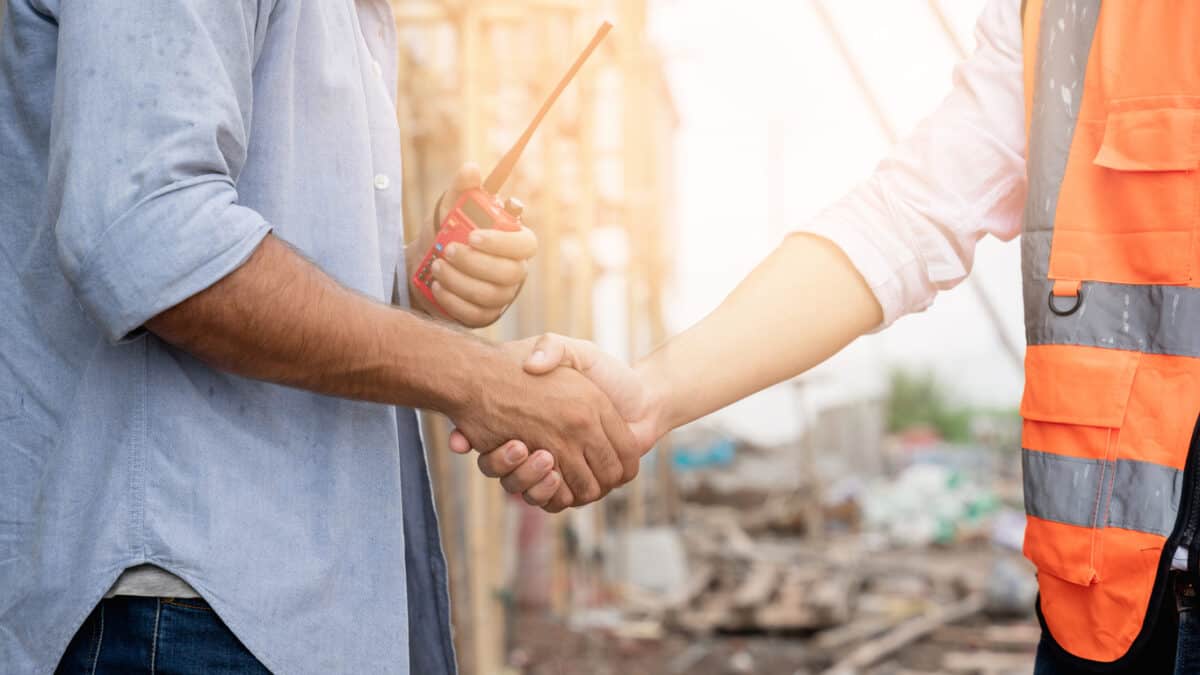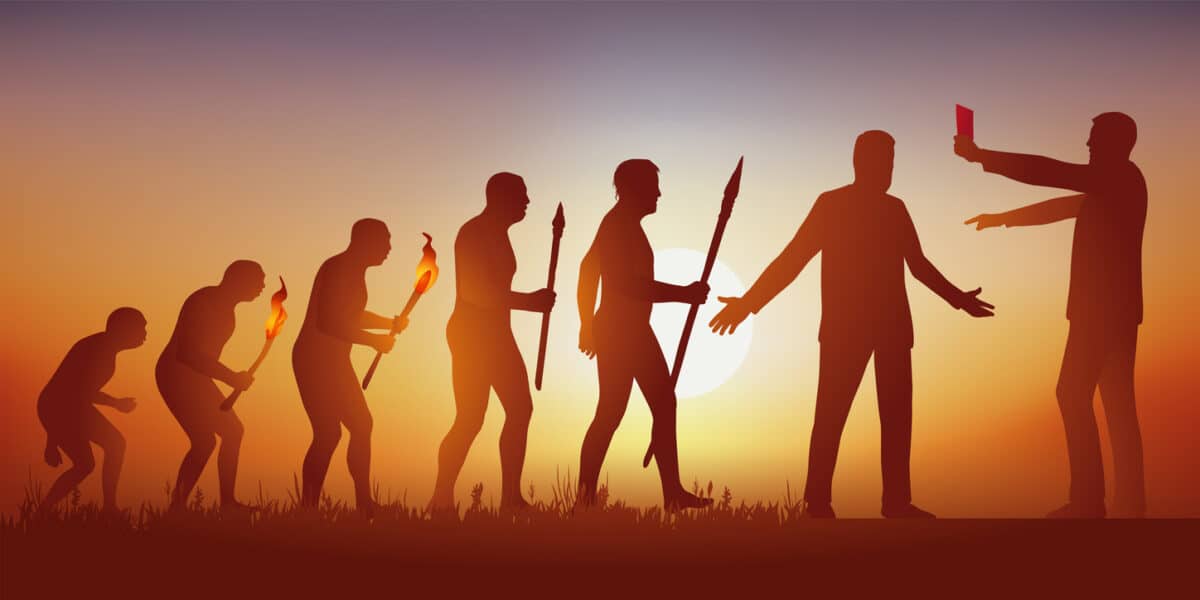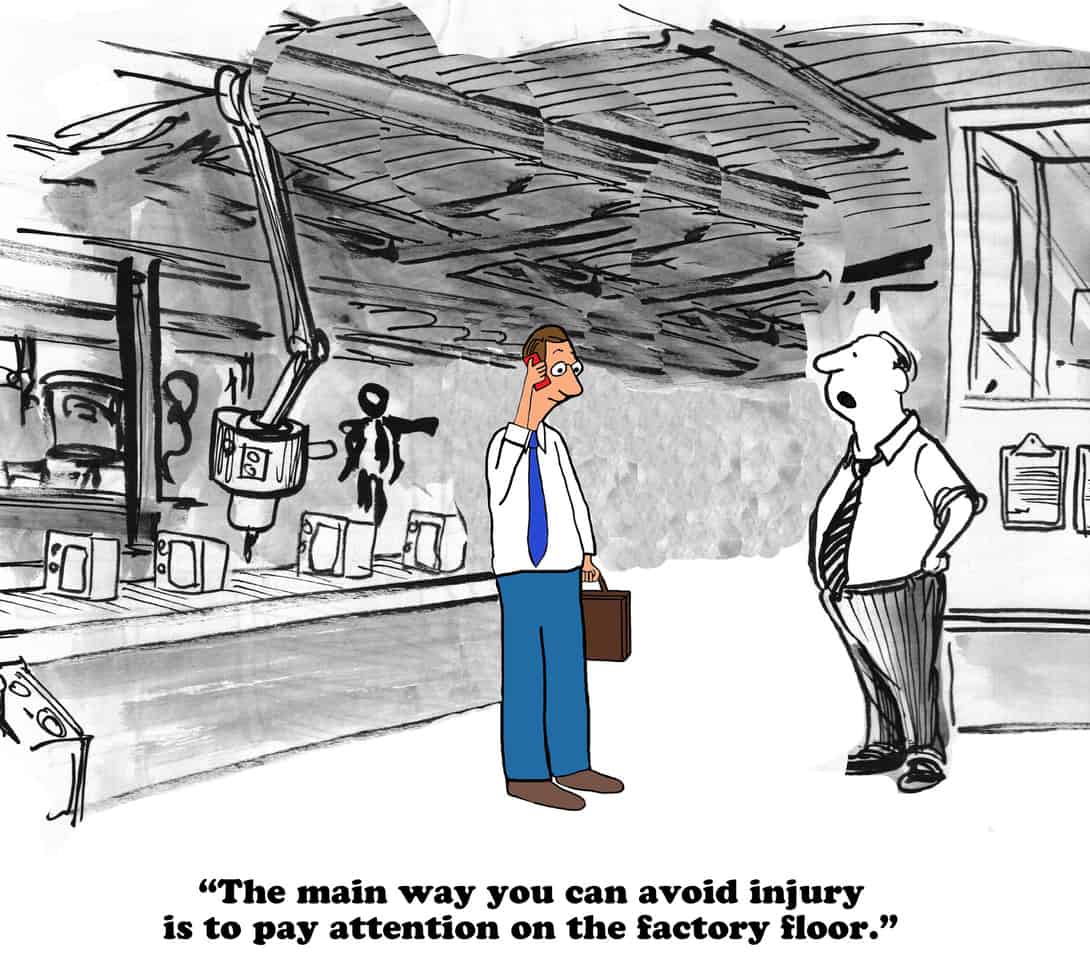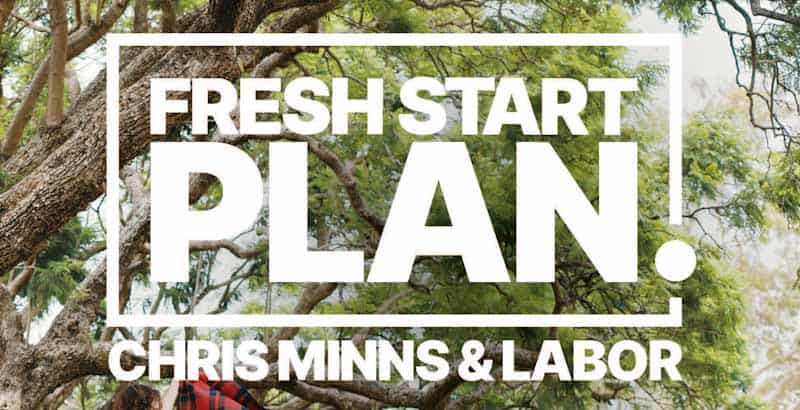RUOK? Day is held in September each year in Australia. The workplace suicide awareness campaign has been very successful, but over time, I have observed a decline in effectiveness, certainly at the local communication level. It may be a victim of its own success as almost all awareness campaigns struggle to maintain their original freshness. Perhaps it is time for a change. Perhaps that change is being forced upon us.
Category: harm
The US take on heat and climate change
Coincidentally, as Europe burns and a little blog in Australia writes about the occupational context of excessive heat, a new book called Heat – Life and Death on a scorched planet was in the bookstores. Jeff Goodell, like so many North American authors, writes for his local readers even though his publishers sell books globally.
However, he does address the occupational health and safety (OHS) impacts of heat and offers some adaptations.
The latest attempt to address young worker safety
There have been dozens of attempts to promote occupational health and safety (OHS) through advertising. It is perhaps more difficult than ever due to the splintering of media types and the shifted control of media advertising to online global corporations. This new structure does not stop people from trying, and this is a good thing.
The upcoming 23rd World Congress on Safety and Health at Work includes the International Media Festival for Prevention 2023, an event that previously has unearthed significant OHS promotions like Shoelaces. But OHS regulators are persistent in their promotional work. A recent attempt was by Ontario’s Workplace Safety Insurance Board (WSIB), aimed at younger workers and to maximise social media influence.
From mindful back to careful
It seems that being “mindful” is now more commonly advocated than being careful. “Mindful” has become the equivalent of “careful”, but these words have different meanings and are not interchangeable. Occupational health and safety (OHS) laws impose a Duty of Care, not a Duty of Mind.
Much of the social media discussion on Mindful vs Careful seems to originate from parental sites or well-being advocates. One example can be found here in a discussion of a child’s reaction to each of these words.
Continue reading “From mindful back to careful”Calling something an accident hides the truth
Jessie Singer published her book called “There Are No Accidents” last year. It is a pivotal book about safety and our understanding of the social and legal impacts of calling tragic events “accidents”. On June 13 2023, Singer spoke on Carnegie Council’s From Another Angle podcast about her book and the consequences of its publication.
“Accident” is less used in modern media descriptions of incidents involving serious injuries and fatalities than in the past. The term implies an unavoidable consequence or undeterminable cause of a tragic event. The traditional use absolves anyone of responsibility or accountability and, consequently, stymies the deep analysis of causes required if such incidents are to be prevented in the future. The term is the antithesis of occupational health and safety (OHS) approaches which should always start from the aim of harm prevention.
Mental health at work – “plus ça change, plus c’est la même chose”
Psychological health in the workplace seems to be a recent phenomenon because various Australian jurisdictions are strengthening prevention and management strategies through legislative amendments. This is supported by the World Health Organization’s definition of burnout as an occupational phenomenon. But psychological or psychosocial health and safety at work was a concern last century. In fact, The Australian Psychological Society conducted the First National Conference on Occupational Stress in June 1994, and the book, edited by the late Dr Peter Cotton, based on the papers and presentations from the conference, remains remarkably topical and absent of the well-being language and spin that we have been exposed to since.
Industrial Manslaughter laws for New South Wales? Join the queue
Speculation is occurring about the introduction of Industrial Manslaughter (IM) amendments by the incoming Labor Government in New South Wales. It is likely, as the Australian Labor Party, when in opposition last year, introduced an IM Bill into Parliament. But Industrial Manslaughter laws promise more than they deliver as the push for these laws is based on politics rather than justice or workplace health and safety.







